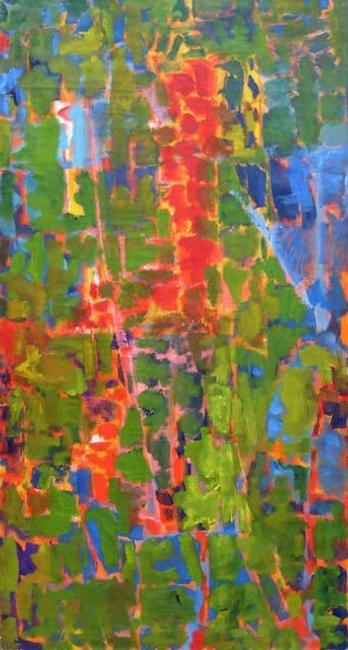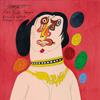Ernest Briggs & Seymour Boardman: Modern Sensibilities
- NEW YORK CITY, New York
- /
- April 16, 2010


Ernest Briggs:
Ernest Brigg’s volcanic abstract paintings from the 1950’s and 60’s place him firmly in the ranks of the New York Avant-Garde of that era. Until his death in 1984, Briggs continuously explored new ways of combining and changing compositional arrangements and painterly strategies. His compositions are powerful, interpreting nature as a cataclysmic force. Briggs studied at the radical California School of Fine Arts in San Francisco in the early 1950s. It was there, under the tutelage of a faculty that included Mark Rothko, Ad Reinhardt, and Clifford Still, that he developed his rugged aesthetic. His fiery explosions of paint seem to have erupted on the canvas as if by a force of their own. He faced the canvas on his own terms.
For the “Twelve Americans” exhibition in 1956 at the Museum of Modern Art, curated by Dorothy Miller, Briggs wrote “the challenge of painting lies explicit in the act – to penetrate inherited conceptual deposits and attempt the possible impingement of spirit, the personal image remains the enduring command of conscience.” The Museum of Modern Art was instrumental in recognizing Briggs’ talent from the beginning.
Seymour Boardman:
A statement by Boardman tells his story. “Since my early paintings, I usually start with a basic structure, and as the work evolves I go through the process of simplification, eliminating unnecessary elements, but retaining the essence of the image.” Boardman studied and worked in Paris after the Second World War and progressed from Cubism to Abstract Expressionism to soft-edge Minimalism. The use of the grid in his earlier work eventually became a simple play with basic color planes, while the original background color is pierced by lines that bend and twist the negative space. He also painted at the edge of the canvas.
These are two energetic, vigorous artists who are examples of the historical importance of the Abstract Expressionist movement. Good art requires the participation of the viewer.
MODERN SENSIBILITIES
Ernest Briggs & Seymour Boardman
May 6 through September 25, 2010
Contact:
Petra ValentovaAnita Shapolsky Gallery
2124521094
ashapolsky@nyc.rr.com
152 E 65th Street (patio entrance)
New York, New York
















